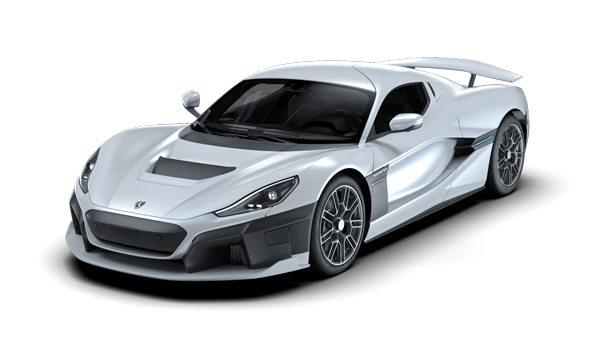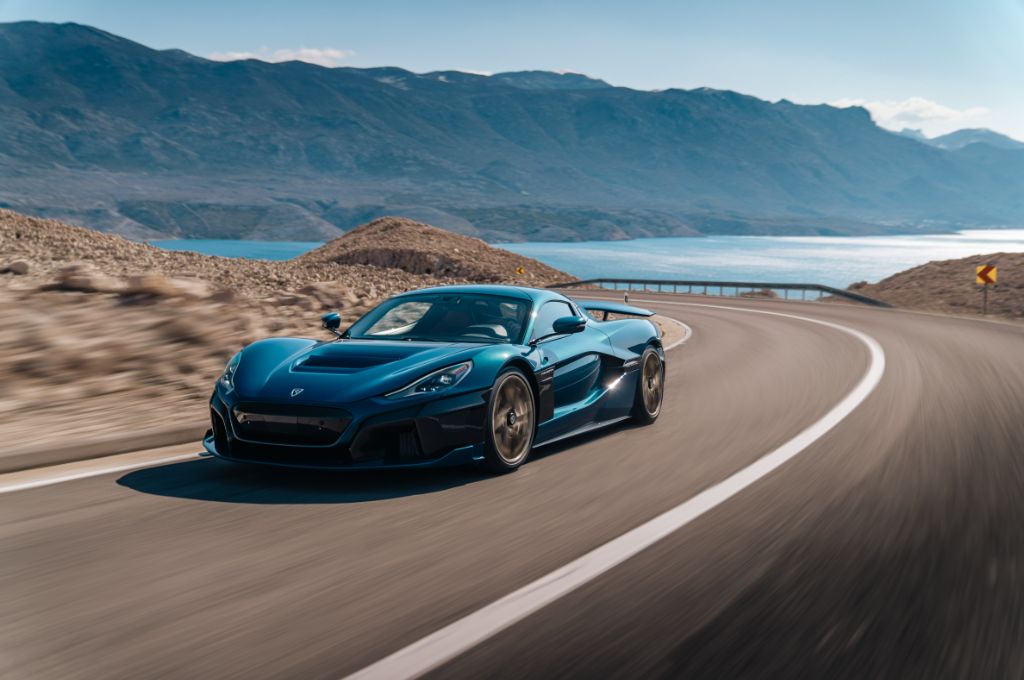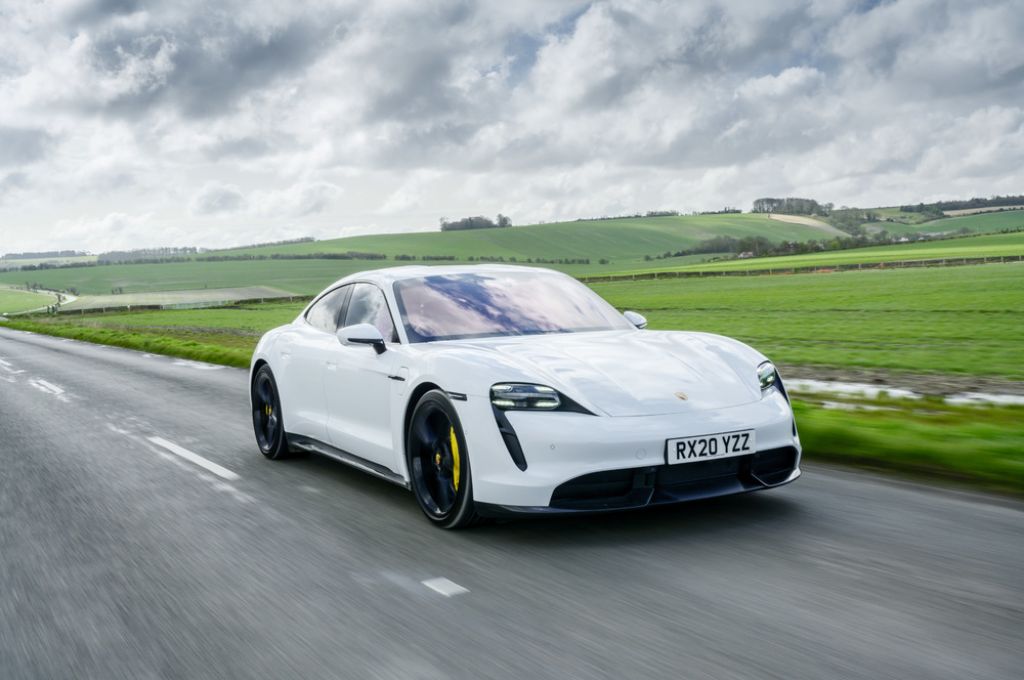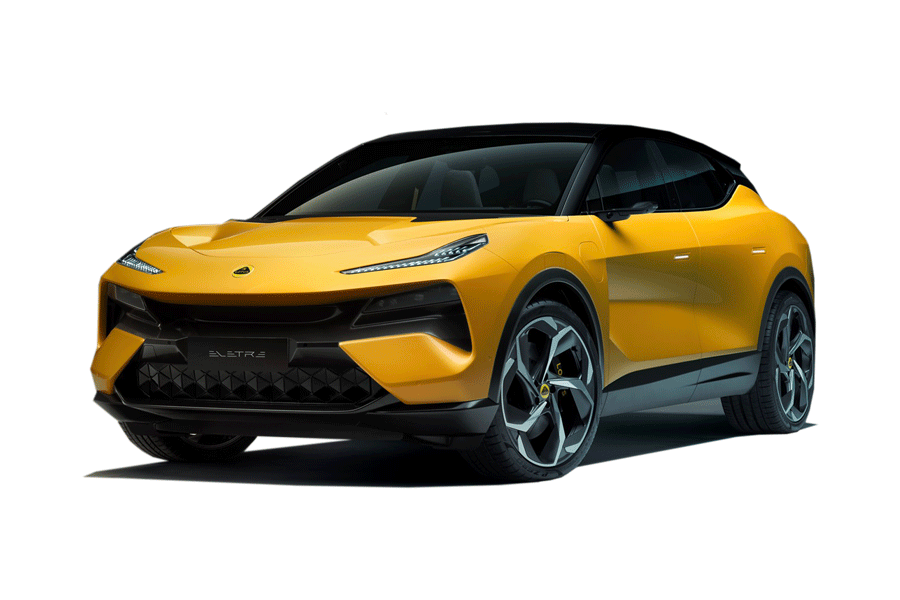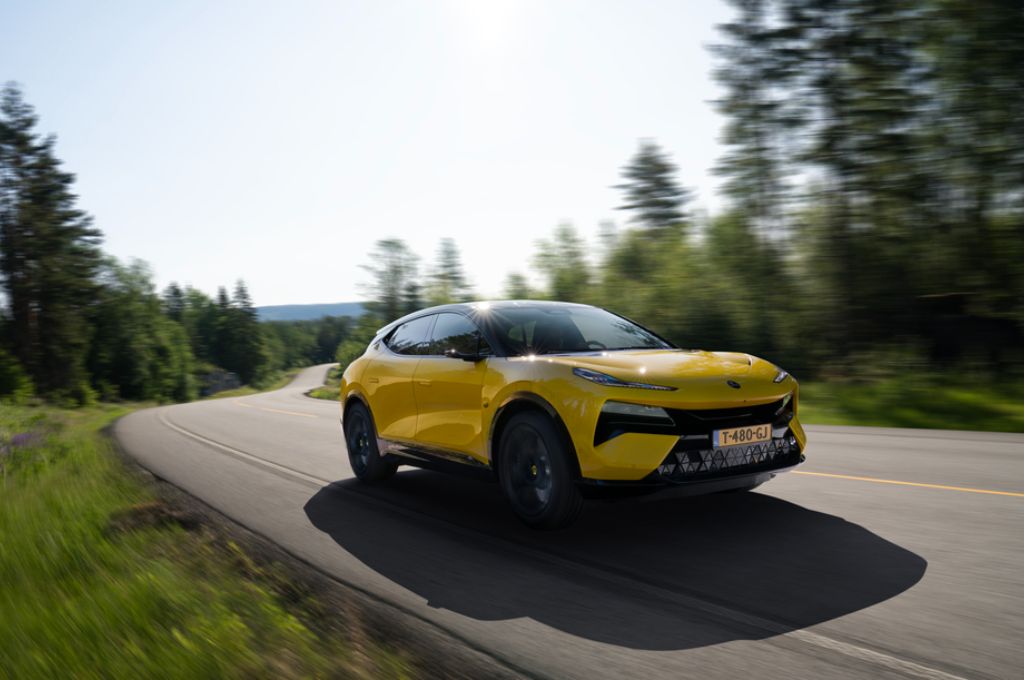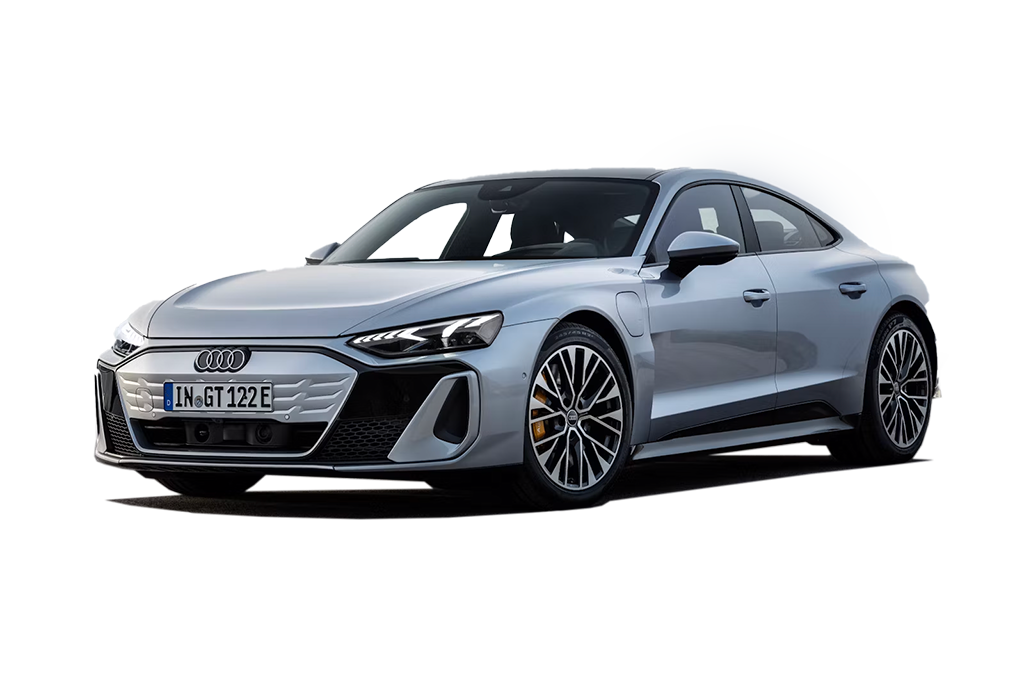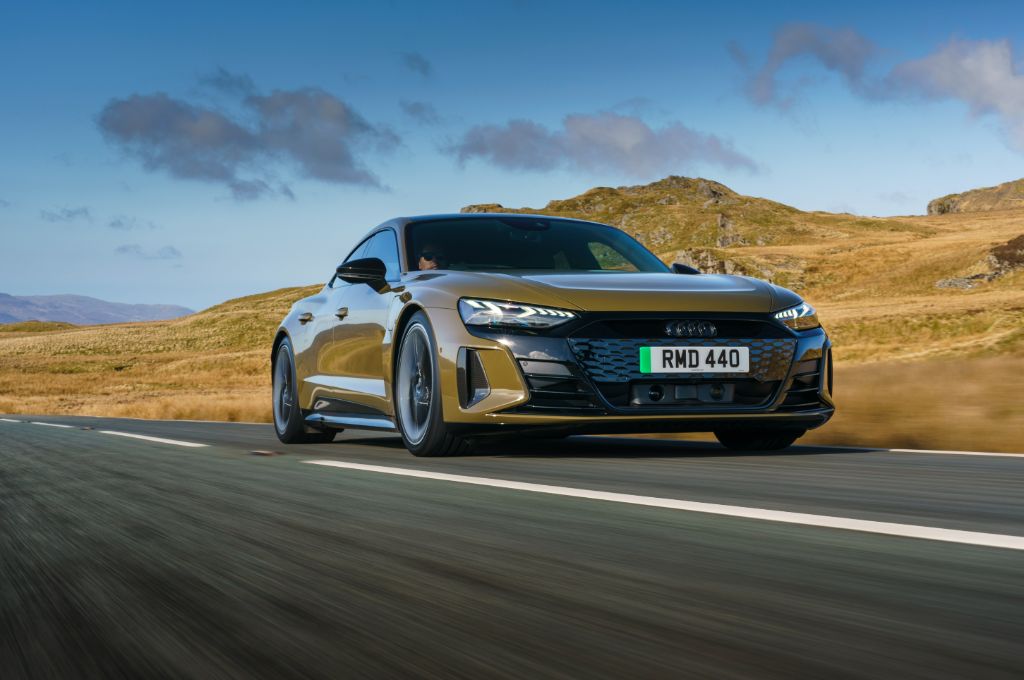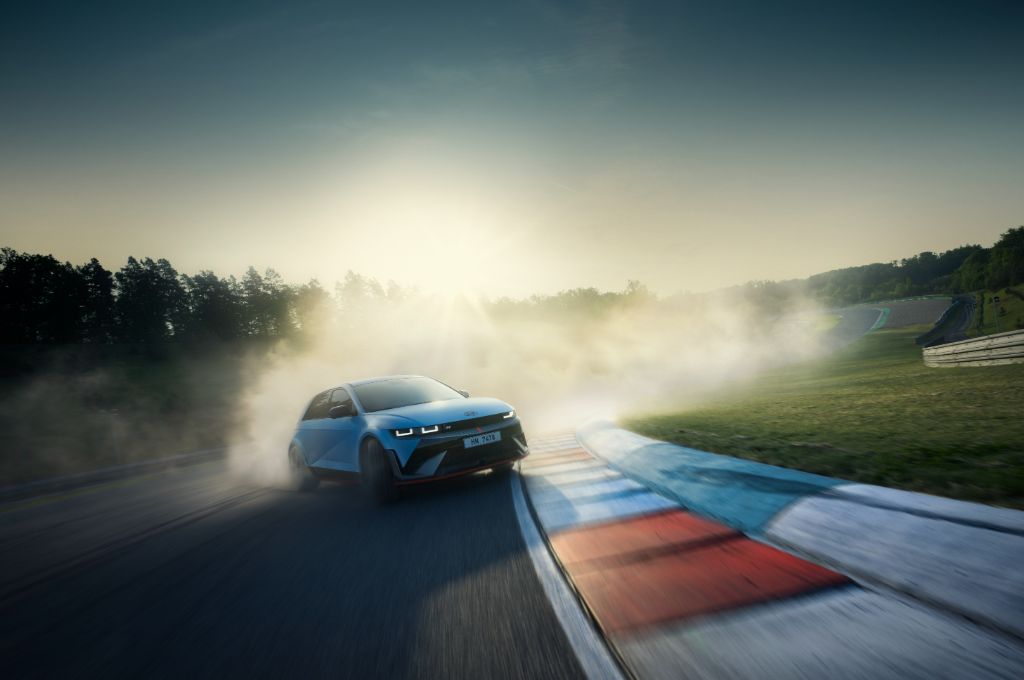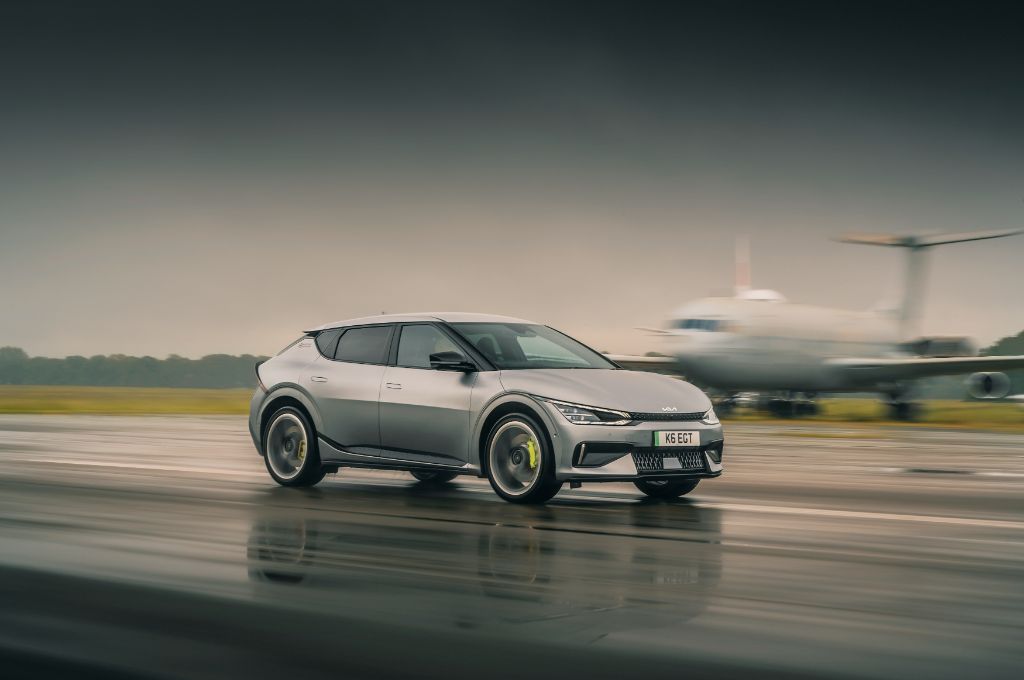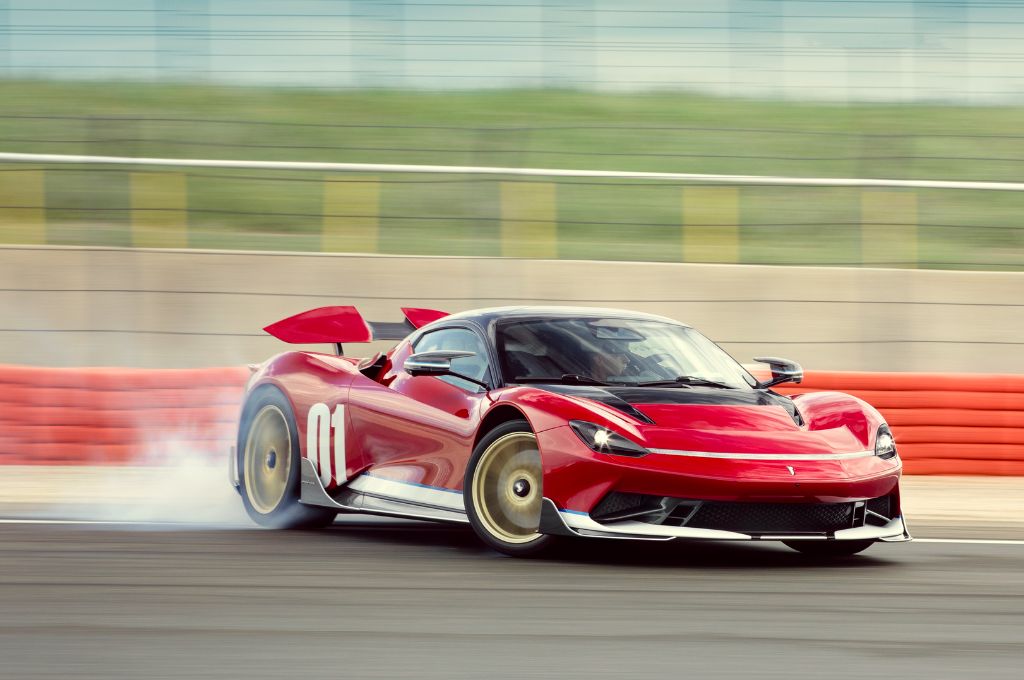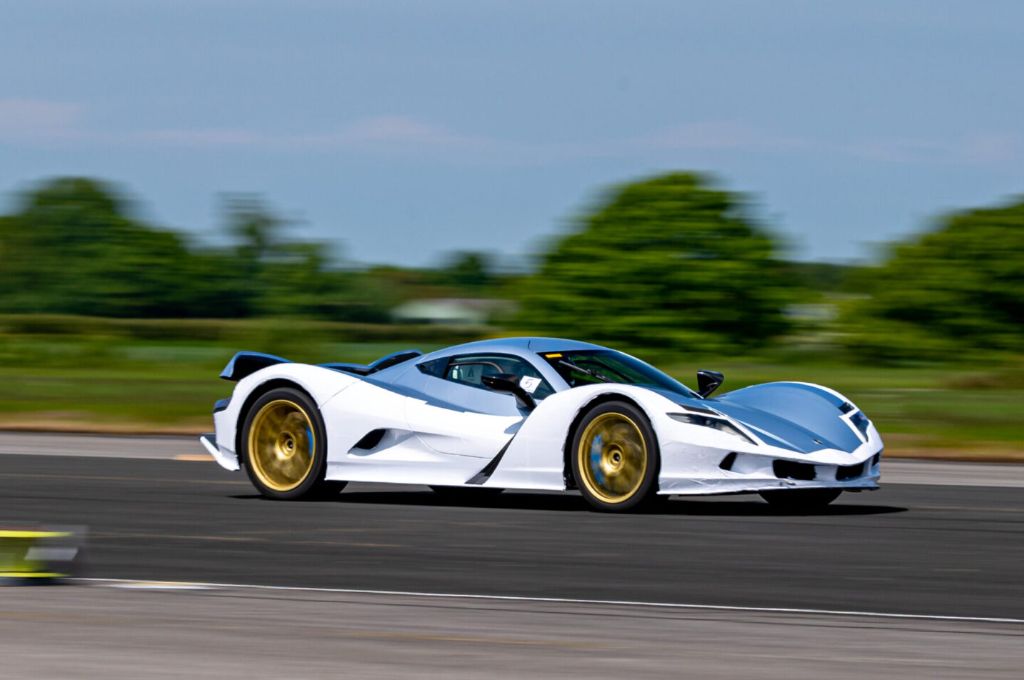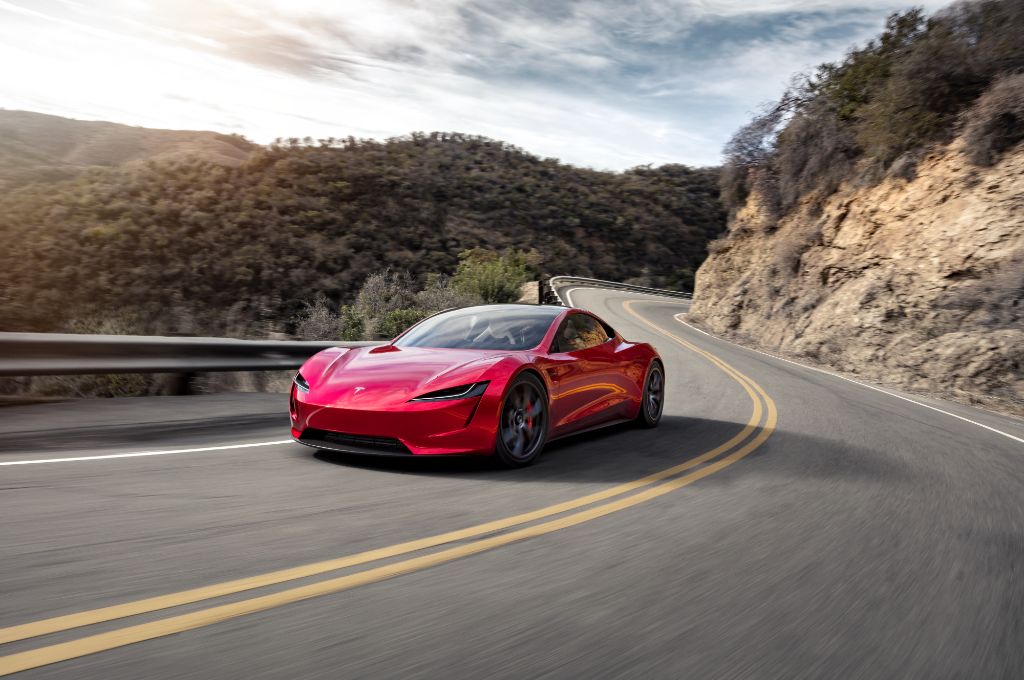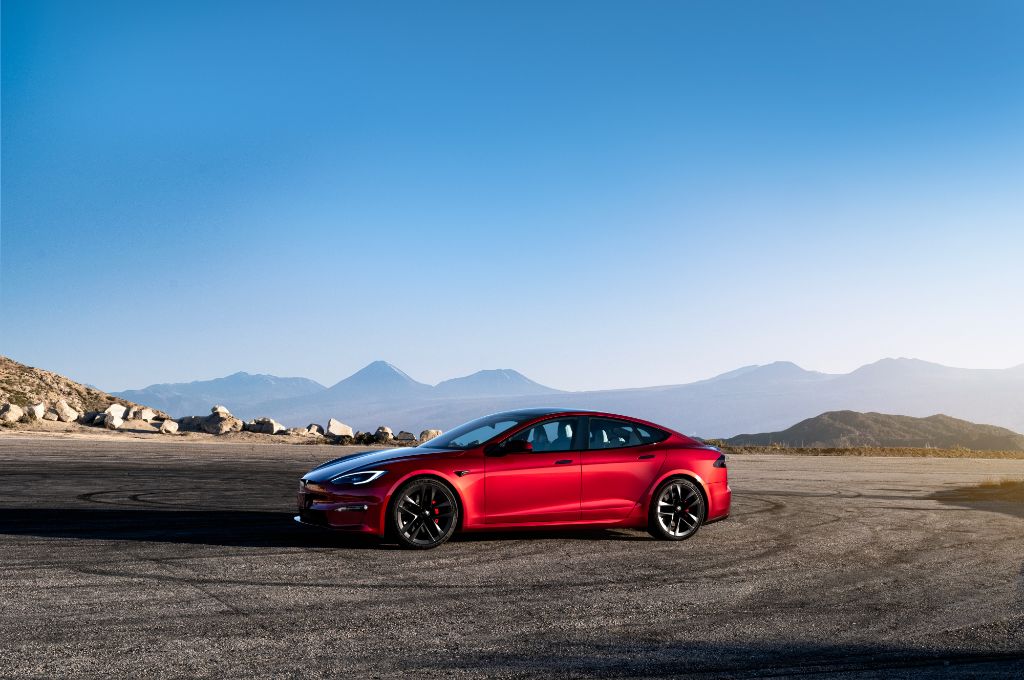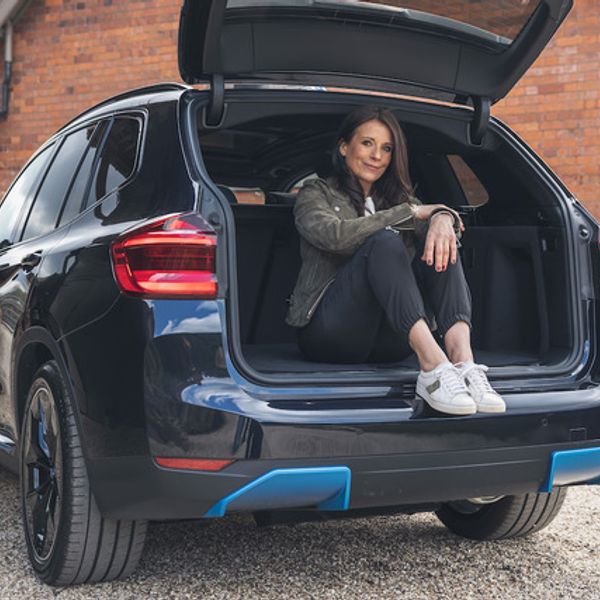Power: 1,888bhp
0-62mph: 1.81 seconds
Top speed: 256mph
Rimac isn’t a well-known name but among those in the know the tiny Croatian brand is a big deal. In less than 15 years it has developed a reputation for EV invention and innovation that has major manufacturers desperate to partner up - in no small part thanks to its creation of the world’s fastest electric car.
Everything about the Rimac Nevera boggles the mind - from its hypercar looks to its price and massive list of world records. Not only is this Croatian rarity the fastest accelerating production car in the world - taking just 1.81 seconds to go from 0-62mph - it’s also the outright fastest EV, with a top speed of 256mph. The breathtaking performance comes courtesy of four motors which produce 1,888bhp and make it one of the most powerful production cars on sale, regardless of its power source.
Just 150 Neveras will be built and its rarity and phenomenal performance is reflected in its £2m+ price tag.
Power: 751bhp
0-62mph: 2.8 seconds
Top speed: 162mph
Porsche’s Taycan made an instant impact when it arrived in 2019, proving that electric cars could be more than just straight-line smashing monsters. The Taycan uses the German marque’s 75 years of sports car experience to bring levels of agility and driver engagement to this large four-seater that many earlier Electric cars had lacked.
That’s not to say it isn’t quick in a straight line. Even the most basic Taycan can manage 0-62mph in 5.4 seconds thanks to 402bhp from its rear-mounted motor. Work your way up the range and that drops to 4 seconds for the twin-motor 4S and 3.7 for the GTS. But the star of the show is the Taycan Turbo S with its 751bhp and 0-62mph time of just 2.8 seconds. Take it to its homeland’s autobahns and the all-wheel-drive Taycan Turbo S will run on to 162mph, even in the more practical Cross Turismo estate guise.
Power: 905bhp
0-62mph: 2.95 seconds
Top speed: 165mph
We’ve left Lotus’s remarkable Evija hypercar off this list, partly because an official 0-62mph time figure is hard to come by and partly because you can’t order one right now. However, if you want a slice of British motoring history with a modern twist there’s still the Eletre.
The Eletre is the Norfolk brand’s first ever SUV and its first “mainstream” electric model but, rather than dilute its reputation for performance, Lotus has gone all-in on a high-tech, high-spec “hyper-SUV”.
In the top-spec Eletre R, two motors deliver a massive 905bhp for a 0-62mph time of 2.95 seconds and a top speed of 165mph. Even the entry level Eletre packs a healthy 603bhp and a 0-62mph time of 4.5 seconds.
Lotus says that modern systems such as active air suspension and anti-roll systems along with torque vectoring and four-wheel steering allow the Eletre to deliver the brand’s famous driving experience while appealing to customers not interested in tiny two-seat sports cars.
Power: 637bhp
0-62mph: 3.3 seconds
Top speed: 155mph
Audi has played a bit of a blinder with the e-tron GT, borrowing most of the best bits from the remarkable Porsche Taycan and wrapping them up in an arguably even more attractive package.
Like the Taycan, the e-tron is a sleek four-door fastback with room for four to travel long distances in high-end comfort thanks to a big 85kWh battery and Tesla-beating 270kW charging. Although it uses the same basic underpinnings as the Taycan, the e-tron differs in more than just looks.
For a start, even regular e-tron GTs feature quattro all-wheel-drive, making the entry level model the equivalent of the mid-range Taycan 4S, with 523bhp and a 0-62mph time of 4.1 seconds. However, the version that makes it onto our list of the fastest Electric cars is the even more potent RS e-tron GT. Slightly down on power compared with the Taycan, the RS e-tron GT makes do with 637bhp, but that’s still enough to get it from 0-62mph in just 3.3 seconds and power on to an electronically limited top speed of 155mph.
Power: 640bhp
0-62mph: 3.4 seconds
Top speed: 162mph
The regular Hyundai Ioniq 5 is one of the most impressive electric cars of recent years. Its blending of retro-futuristic style with a spacious, family friendly interior, impressive range and super-quick charging have made it a compelling option for those seeking an electric SUV.
It’s perhaps not, however, the first car you’d think of when it comes to developing a hot EV. But that hasn’t put Hyundai off and the Korean brand has been working to transform the Ioniq 5 into a true performance machine and one of the quickest Electric cars on the planet. Upgrades to the two motors mean the Ioniq 5 N puts out a staggering 640bhp, allowing it to scramble to 62mph from standstill in 3.4 seconds and power its way to a top speed of 162mph.
To make sure it’s more than just a straight-line weapon, the N division has also strengthened the body, uprated the brakes and developed bespoke adaptive damping among other chassis tweaks. There’s even a drift mode, an “e-shift” feature to simulate a dual-clutch transmission, and a sound synthesiser that mimics everything from the petrol i20 N to a fighter jet.
Power: 577bhp
0-62mph: 3.5 seconds
Top speed: 162mph
The Kia EV6 is closely related to the Hyundai Ioniq mentioned above. In fact, their wildly different styling aside, there’s not much to choose between them and, like the Ioniq 5, the regular EV6 is a spacious, practical, long-range family car. And, like the Ioniq 5, someone at Kia decided it was a perfect candidate for a performance makeover.
The EV6’s transformation isn’t quite as extreme as the Ioniq 5 N’s - the Kia has 577bhp against the Hyundai’s 640bhp - and it hasn’t had quite the same depth of chassis and body modification. But it is still a ferocious thing with breathtaking acceleration, sharp handling, a drift mode and, most importantly, lurid green brake callipers. Those upgraded stoppers are there to keep the EV6 GT in line whether you’re testing its 3.5-second 0-62mph or trying to reach its 162mph top speed on a bit of abandoned runway. And when you’re not doing that it’s a comfortable cruiser that’s also among the world’s fastest-charging Electric cars.
Power: 1,873bhp
0-62mph: 1.86 seconds
Top speed: 217mph
Pininfarina is one of the world’s most famous auto design houses - behind iconic designs such as the Alfa Romeo Spider and Ferrari Testarossa - but the Battista is its first attempt to build its own production car. And it’s not messing about, turning to Rimac for a little help in creating a Ferrari-humbling electric grand tourer.
Beneath the almost shark-like bodywork lies the same four-motor powertrain as the Nevera, although detuned very slightly. The Battista generates a mere 1,873bhp, compared with the Nevera’s 1,888bhp, granting the Battista a stomach-scrambling 0-62mph time of 1.86 seconds and a top speed of 217mph. Like the Rimac, the T-shaped 120kWh battery pack is slung low to help with stability and handling, and offers an official driving range of almost 300 miles. We imagine using all that power might bring that figure down a bit…
Power: 1,953bhp
0-62mph in 1.91 seconds
Top speed: 256mph
Aspark is another brand that it’s tempting to file under “who?” in our big book of car makers but the Japanese firm is keen to carve itself a niche in the already niche world of electric hypercars.
The peculiarly named Owl follows a similar recipe to the Nevera and Battista, with a wild-looking two-door, two-seat design sitting atop a bespoke platform with a motor at each wheel. In total, those motors produce 1,953bhp and allow the Owl to fly from 0-62mph in 1.91 seconds. With an official top speed of 256mph, it’s fast enough to challenge for the Nevera’s title as the ultimate EV speed machine, too.
On a practical note, the Owl’s 64kWh battery is pretty small compared with most cars on this list but Apsark says it’s still good for 280 miles of range if you’re driving sensibly. But where’s the fun in that?
Tesla Roadster
Power: 1,000bhp+
0-62mph: 2.1 seconds
Top speed: 250mph+
Tesla more or less invented the idea of a high-performance electric car with its groundbreaking Roadster back in 2008 and now it’s trying to do the same again with an all-new sports car bearing the same name.
Like so many of the America firm’s models, the Roadster’s specs are an array of bewildering numbers. Tesla says the Roadster will hit 62mph in just 2.1 seconds, and go on to more than 250mph thanks to a three-motor powertrain producing in excess of 1,000bhp. It also says the four-seater will have a range of 620 miles from a 200kWh battery which, if achievable, will put every other car on this list in the shade.
There is a but, however. You can reserve a Roadster now via Tesla’s website but the car is already four years behind schedule and there’s no guarantee of when you’ll actually get behind the wheel.
Power: 1,006bhp
0-62mph: 2.1 seconds
Top speed: 155mph
Unlike the still-absent Roadster, you can actually buy a Tesla Model S Plaid right now, as long as you’re happy to have the steering wheel on the wrong side. Tesla has given up on making the right-hand-drive Model S in favour of the more popular Model 3 and Model Y but you can still nab a left-hand-drive version of its high-performance saloon from existing inventory.
Part with around £100,000 and you’ll get a large family saloon with a massive boot, 373 miles of range and ultra-rapid 250kW charging. You’ll also get 1,006bhp and the ability to hit 60mph in 1.99 seconds thanks to twin rear motors and a hefty single unit up front. Pay to unlock certain hardware upgrades and you’ll be able to shuttle the kids along at a top speed of 200mph.
If that all sounds a bit too much, then even the regular Model S Dual Motor is no slouch, with a 3.2-second 0-62mph time and top speed of 155mph.
Honourable mention
It feels a little unfair to compile a list of the fastest Electric cars on sale and not give a brief tip of the hat to the MG4 EV XPower. With a 0-62mph time of 3.8 seconds it falls just outside our top 10 but is still quicker off the line than a Porsche 911 or a BMW M4 thanks to 429bhp from its two motors. And that’s in a practical family hatchback that costs less than £37,000 - £25k less than the next cheapest model on the list.






